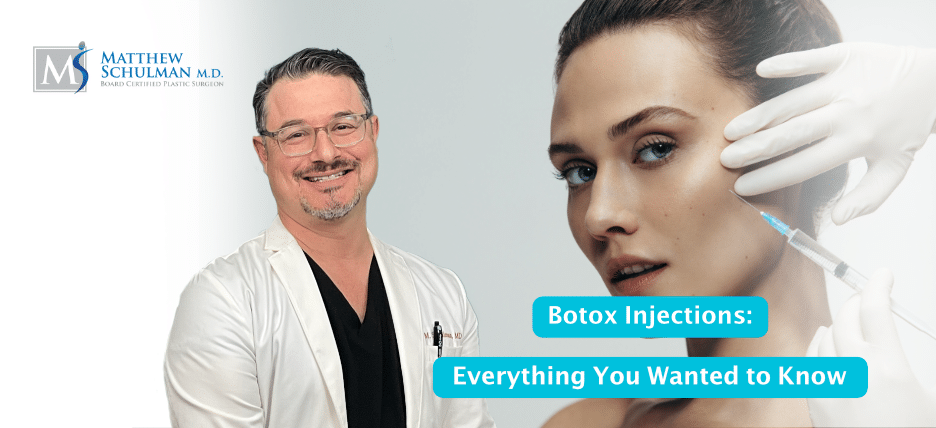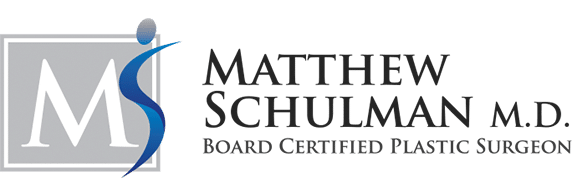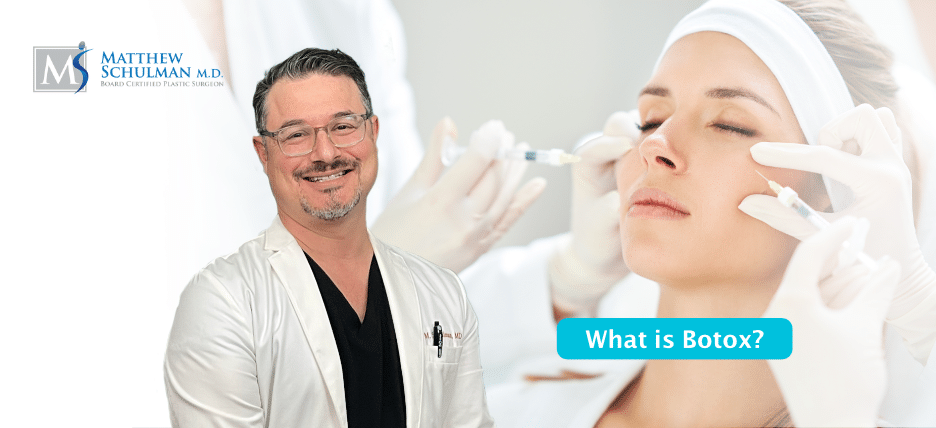
Botox Injections: Everything You Wanted to Know
Botox is a specific brand name for botulinum toxin. The toxin is derived from the bacteria clostridium botulinum. The toxin itself causes paralysis of muscles and in high doses can be fatal. However, the cosmetic industry has figured out a way to purify…




